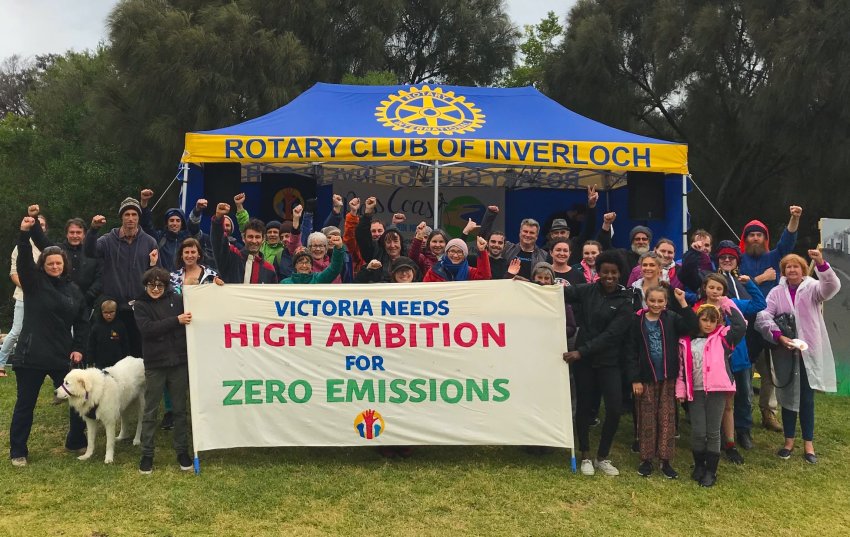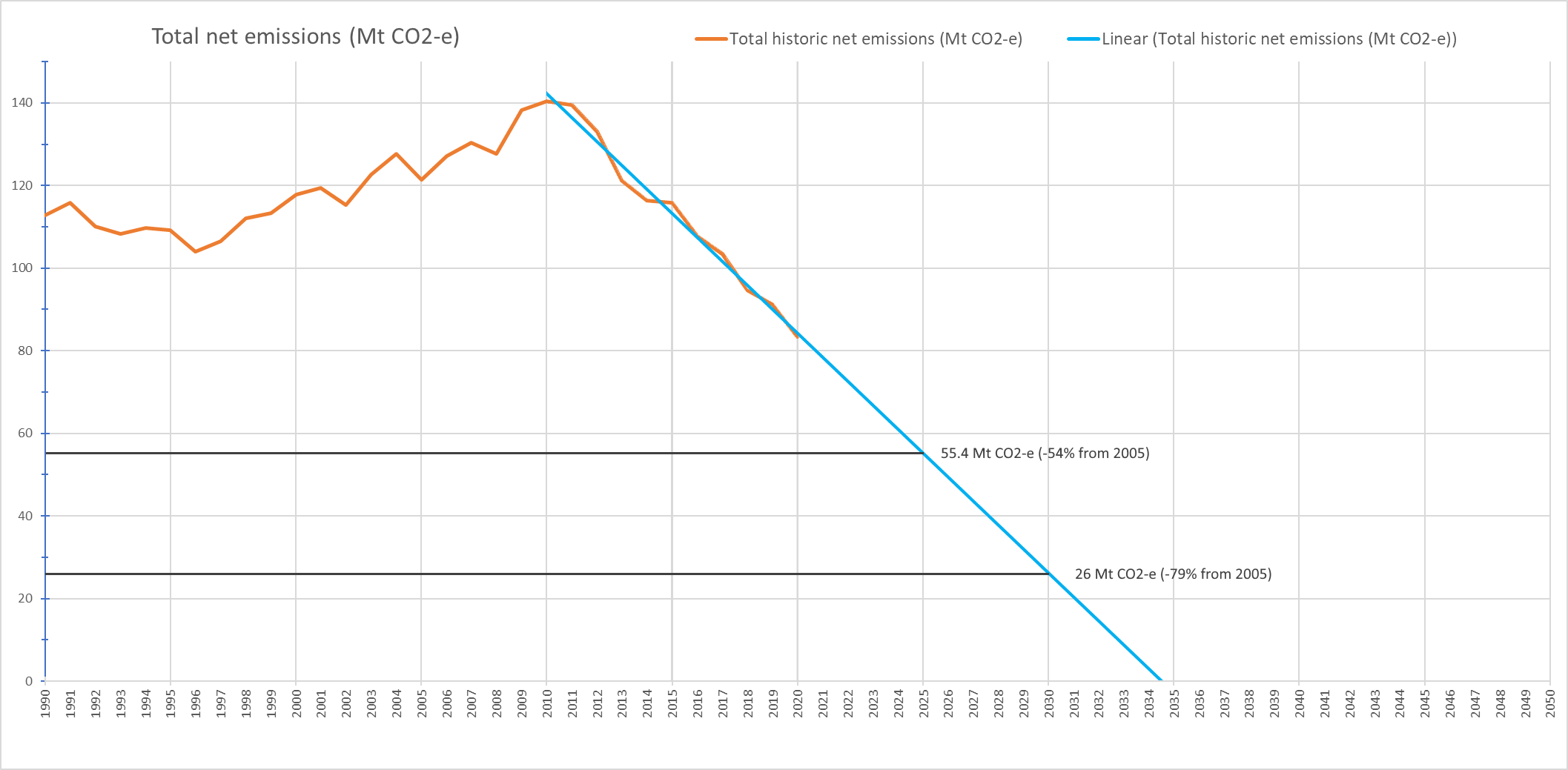
When it comes to tackling the climate crisis, it is often hard to find signs of success in the pile of bad news.
But Victoria’s latest greenhouse gas performance data, released in September, showed emissions fell by 30% between 2005 and 2020 — exceeding the existing target by 10%.
If this pace continues, the legislated target of net zero emissions by 2050 could be achieved in mid-2034 — more than 16 years ahead of schedule.
vic_emissions_straight_line_trend_friends_of_the_earth.png

This means that Victoria’s emissions reduction would be in line with a 1.5°C carbon budget.
A closer look at the data makes the result even more impressive: emissions did not start to drop until 2010.
This big chunk of the state’s emissions was cut out in just 10 years, despite federal Coalition governments slamming the brakes on climate action.
The Daniel Andrews government has shown leadership by establishing a state renewable energy target and delivering the Climate Change Act 2017, which requires it to set emissions reduction targets every five years.
Climate policies such as these show that state governments can rise to the challenge and put policies in place to tackle the climate crisis.
Victoria has delivered impressive emissions cuts so far, and now the new federal Labor government is promising to take climate action seriously.
Does that mean the state can put up its feet?
The latest climate science demands deep and rapid carbon emissions cuts. We are already seeing climate impacts faster and more devastating than scientists had predicted — including the record heat waves in Europe and flooding catastrophes in Pakistan.
Australia, a developed country, has a responsibility to lead with bold ambition.
How can Victoria accelerate its leadership?
The government elected in November will be tasked with setting Victoria’s 2035 Emissions Reduction Target in early 2023.
This decision will be precedent-setting: Victoria will be the first jurisdiction in Australia and one of the first in the world to set a 2035 target.
We are already on track to significantly exceed the 45–50% target cut on 2005 levels by 2030. Continuing the current pace of reduction on a straight-line trajectory means Victoria could achieve a 54% emissions reduction by 2025 and a 79% reduction by 2030.
Aiming for net zero emissions by 2035 is within our sights. Victoria could aim well above “business as usual” and align its 2035 target with climate science.
There are several concrete things the government can do to get us there.
With Victoria’s energy transition underway, it is obvious that remaining coal-fired power stations will close earlier than planned. This was brought home recently with AGL announcing it is closing its Loy Yang power station in the Latrobe Valley 10 years earlier than previously scheduled.
We need a clear, funded plan to bring forward coal mine closures that gives certainty to affected workers and their communities.
We need to fast-track efforts to make it easier for households, businesses and industry to transition away from polluting fossil gas.
The government must urgently end native forest logging and implement transition plans that ensure workers gain alternative, sustainable employment, including in fire and land management.
Finally, we need to invest in building a sustainable city, including ensuring public transport is fully accessible and services all communities.
We can do more, and we need to. A more climate-friendly federal government does not give Victoria an excuse to become complacent. Our state must continue to meet the challenge with ambition and action.
[Anna Langford is the Victorian coordinator for Act on Climate from Friends of the Earth Melbourne.]